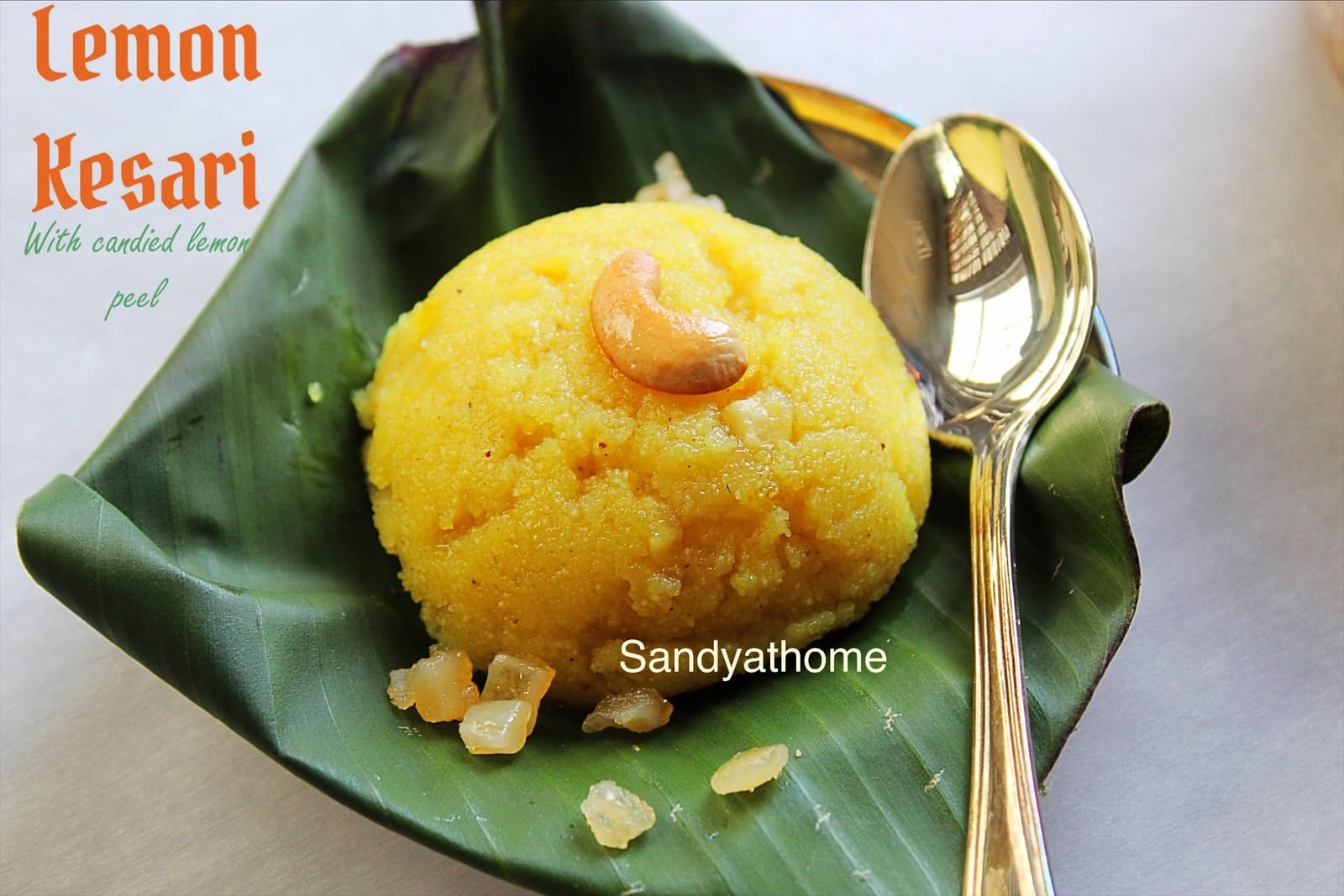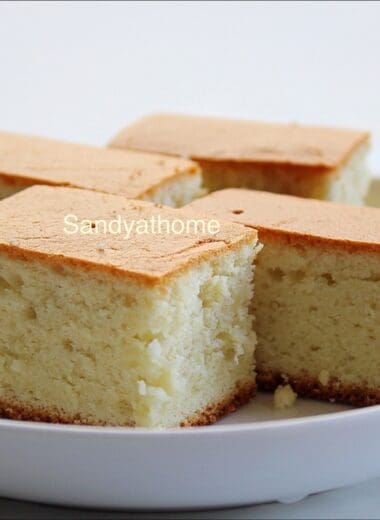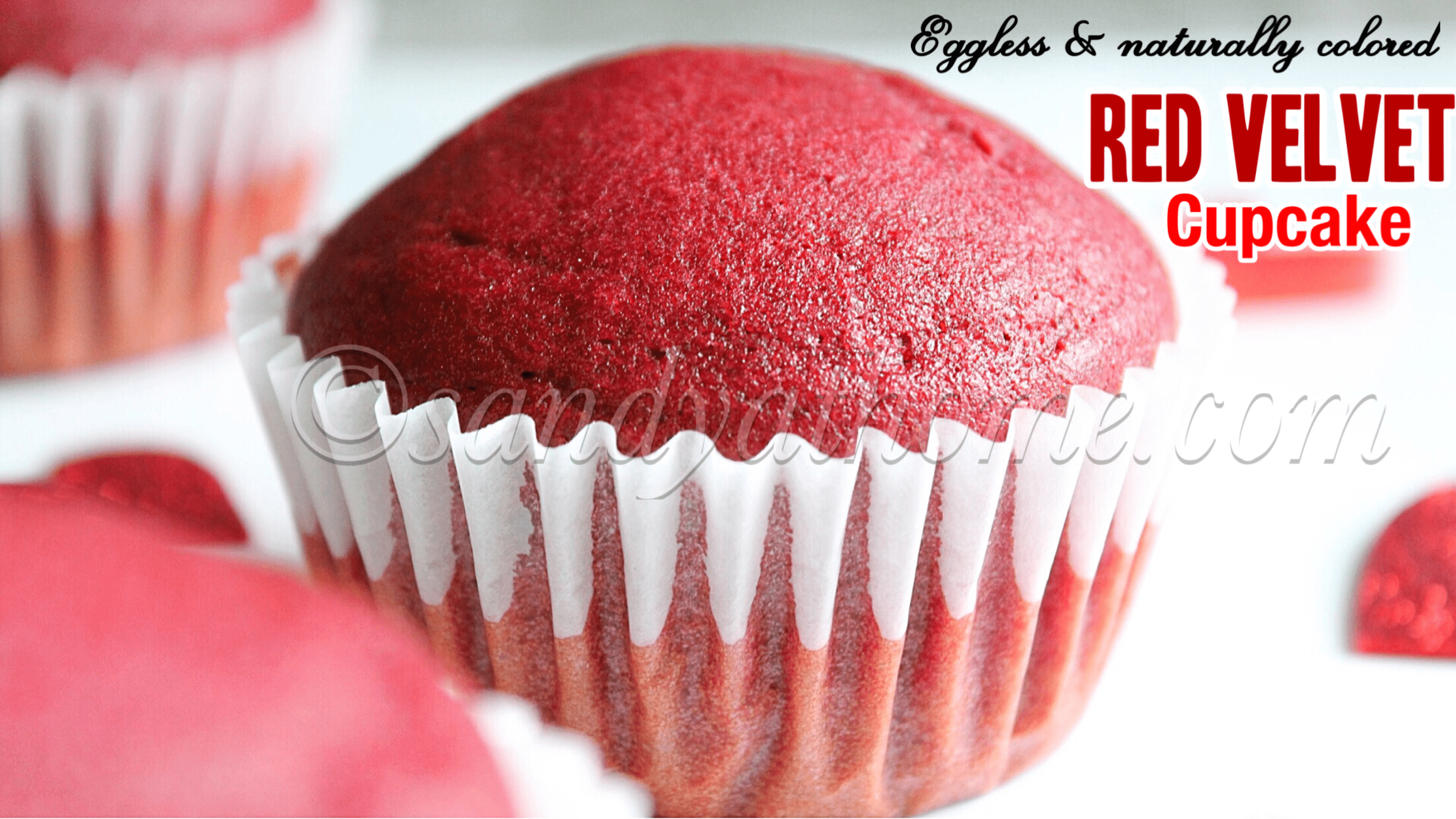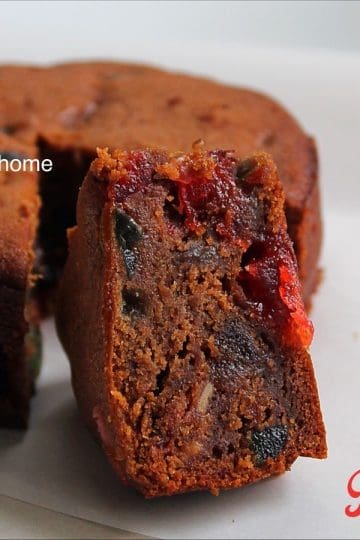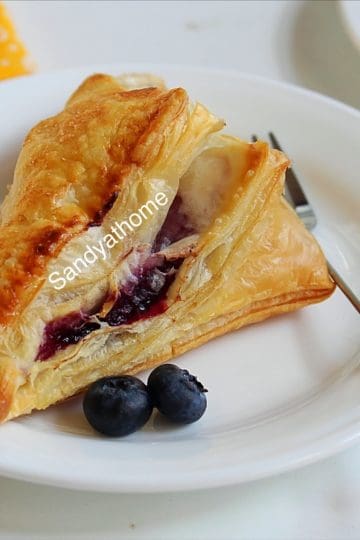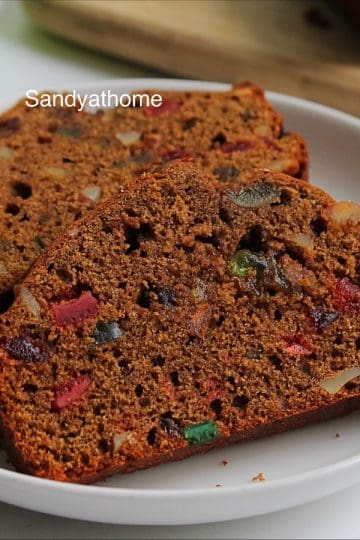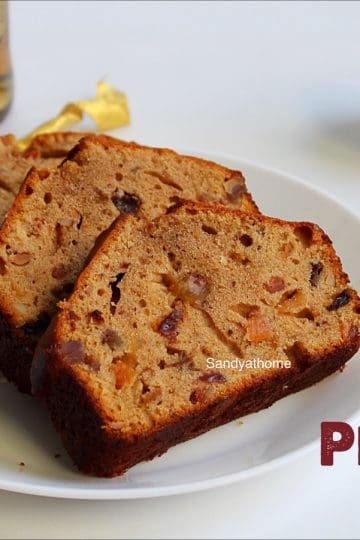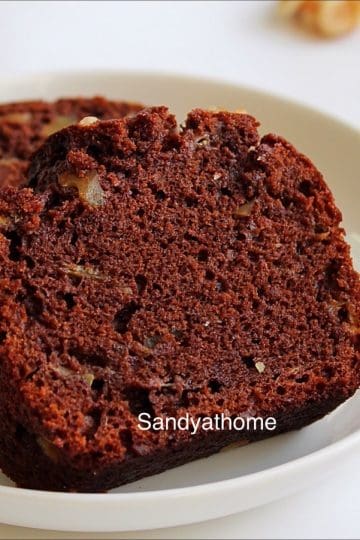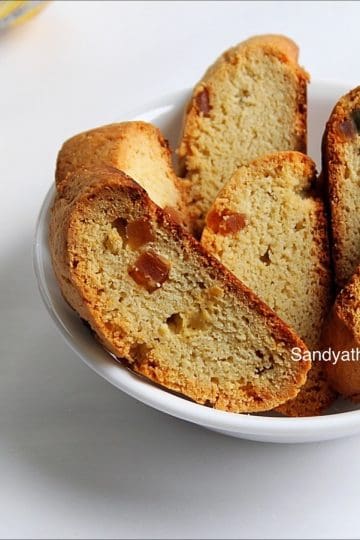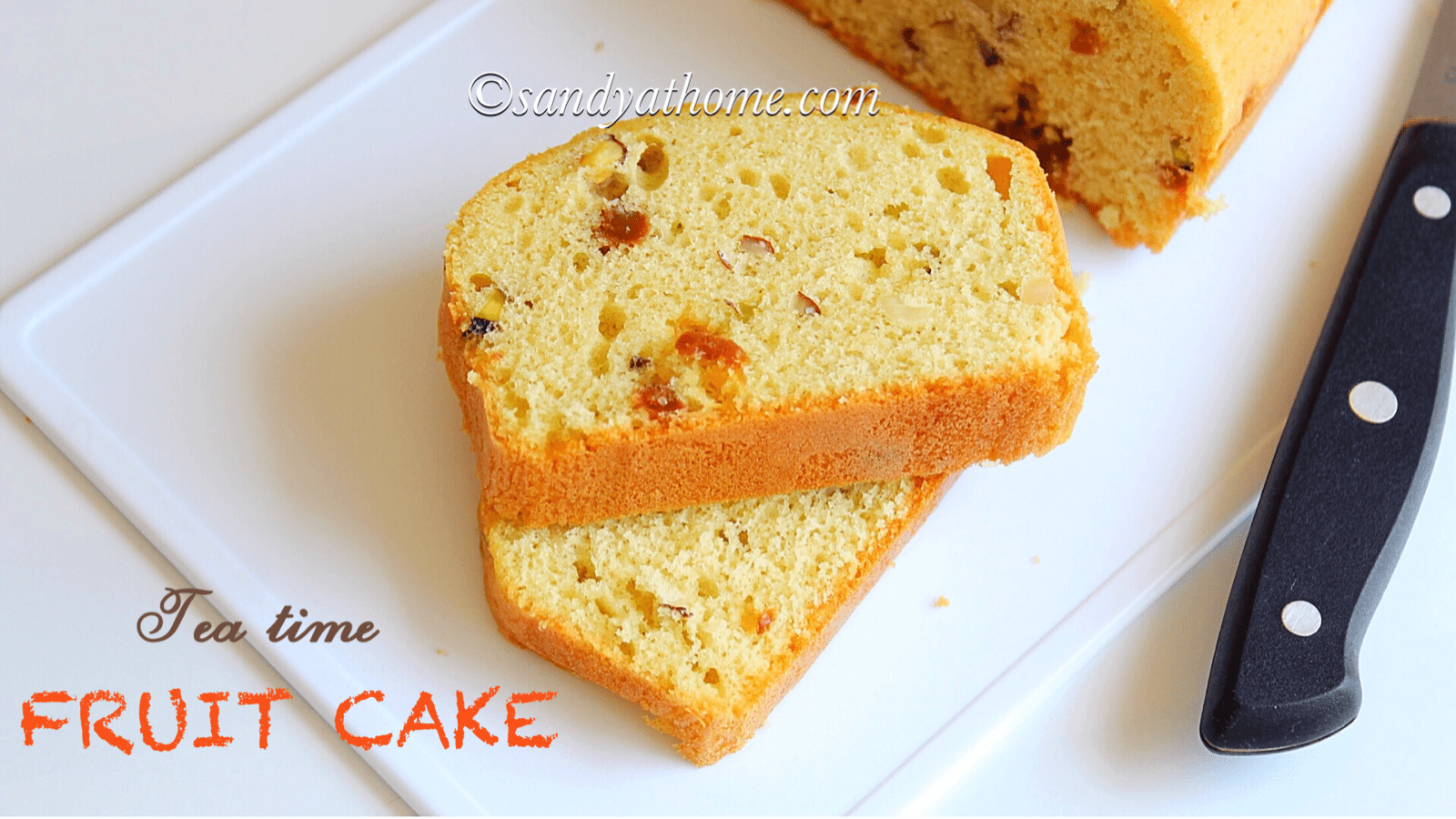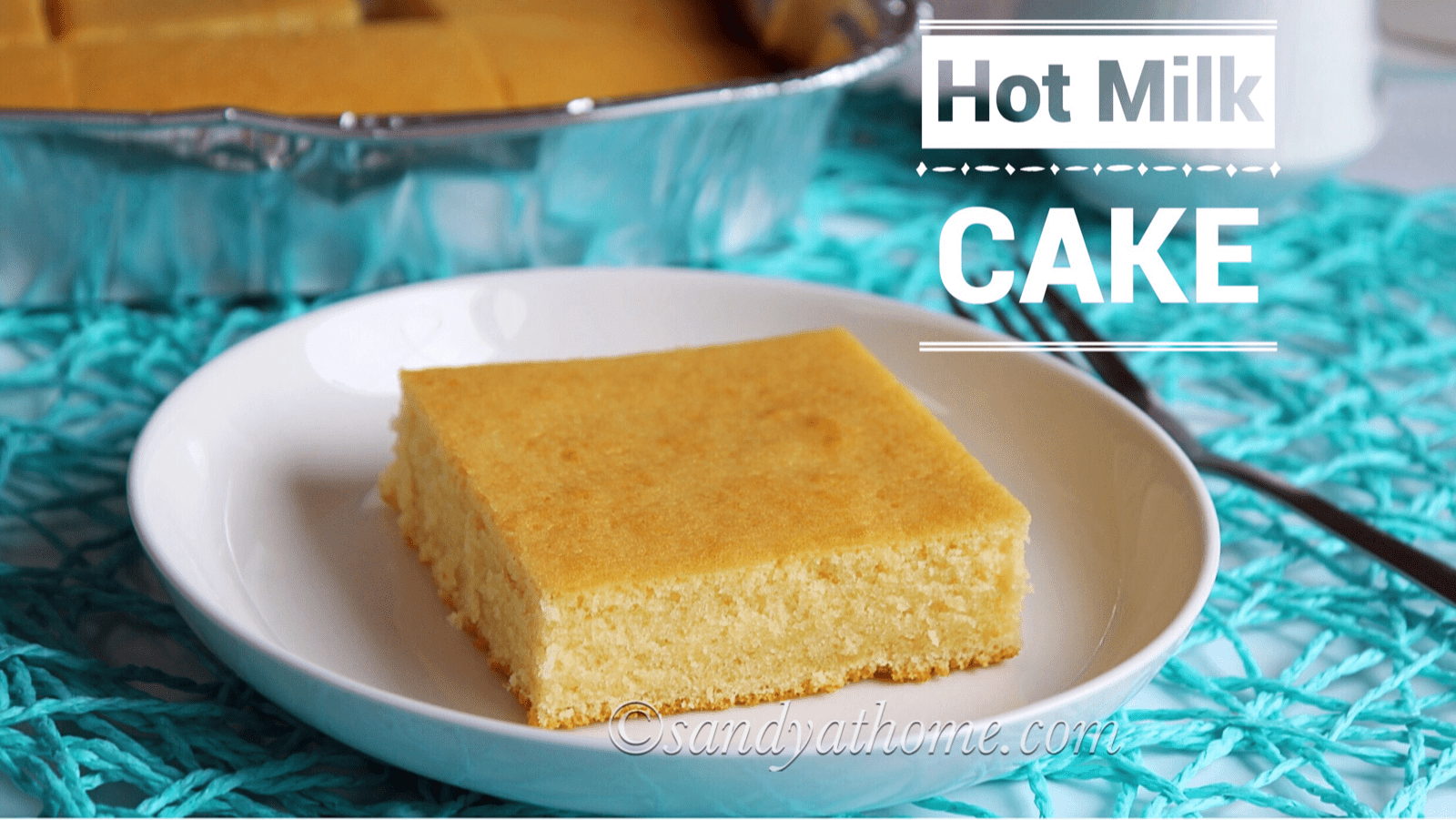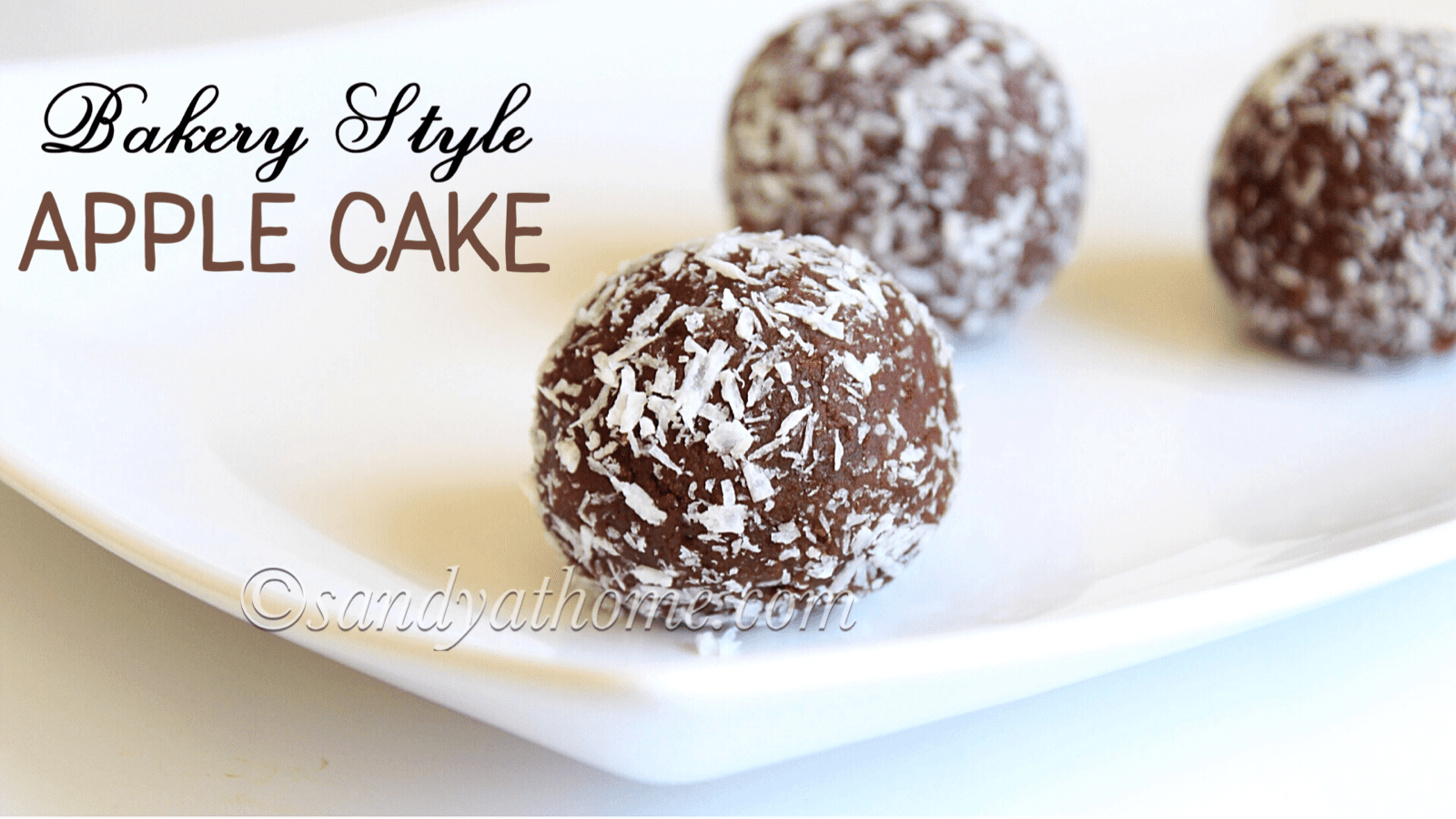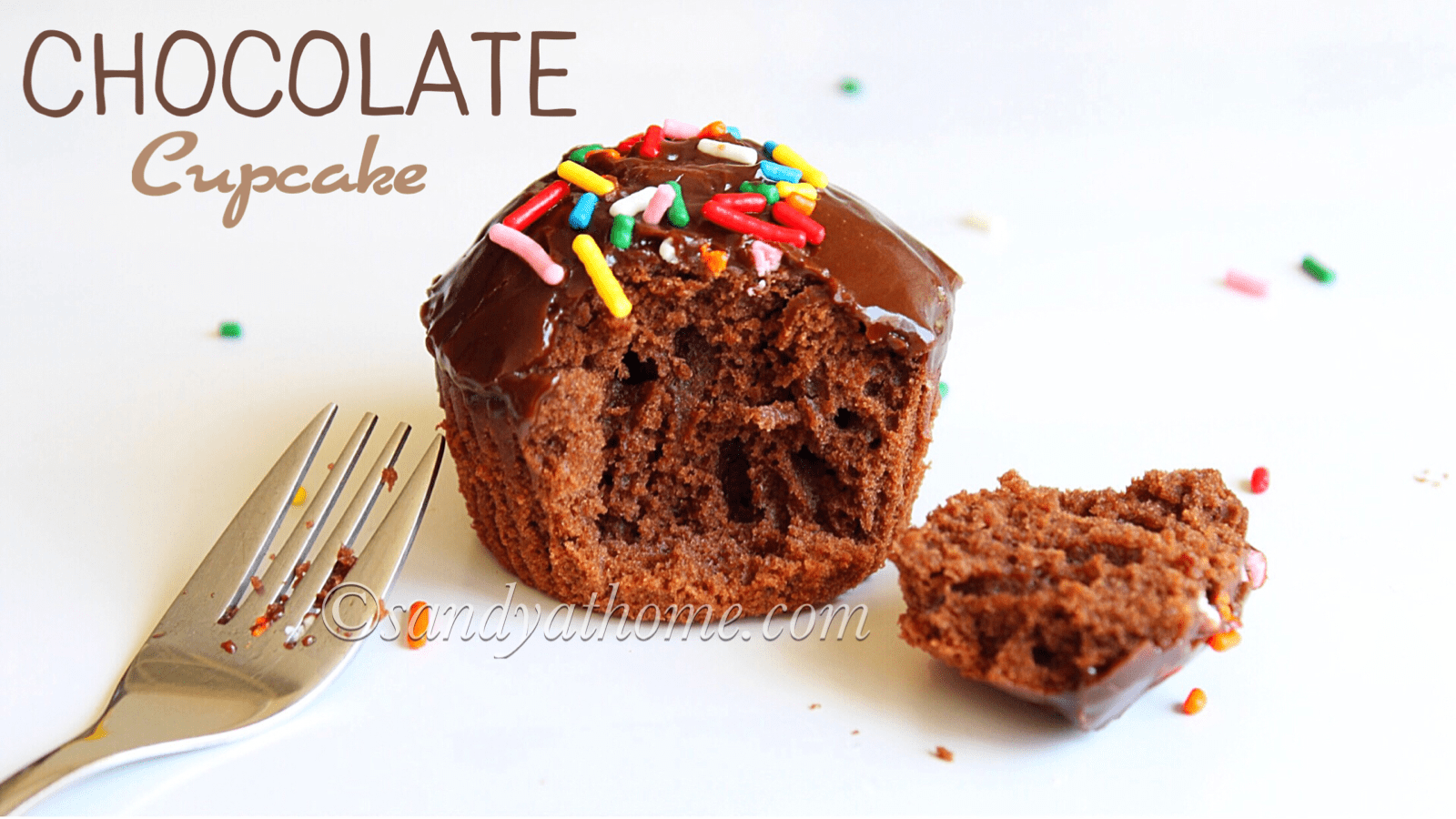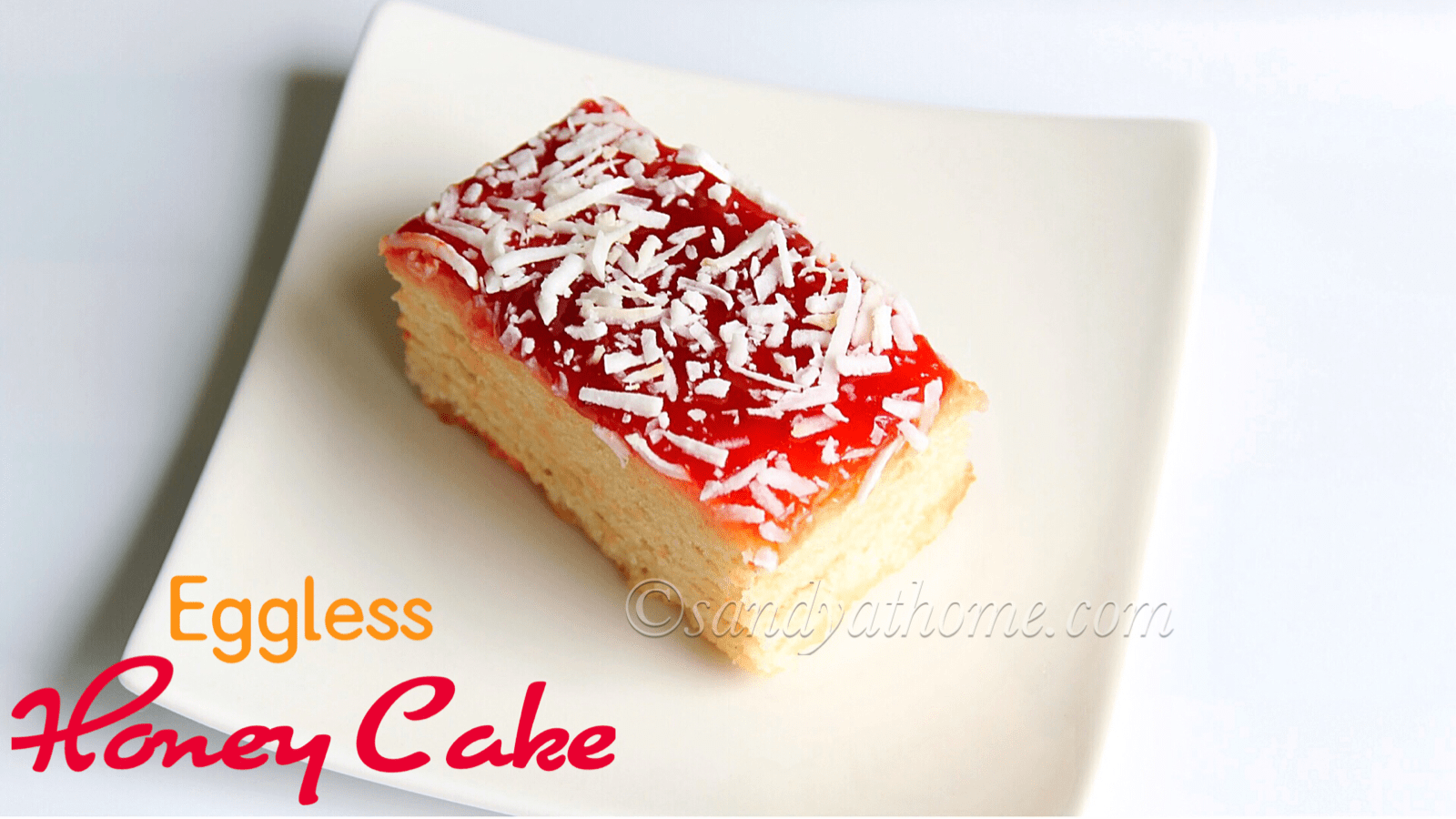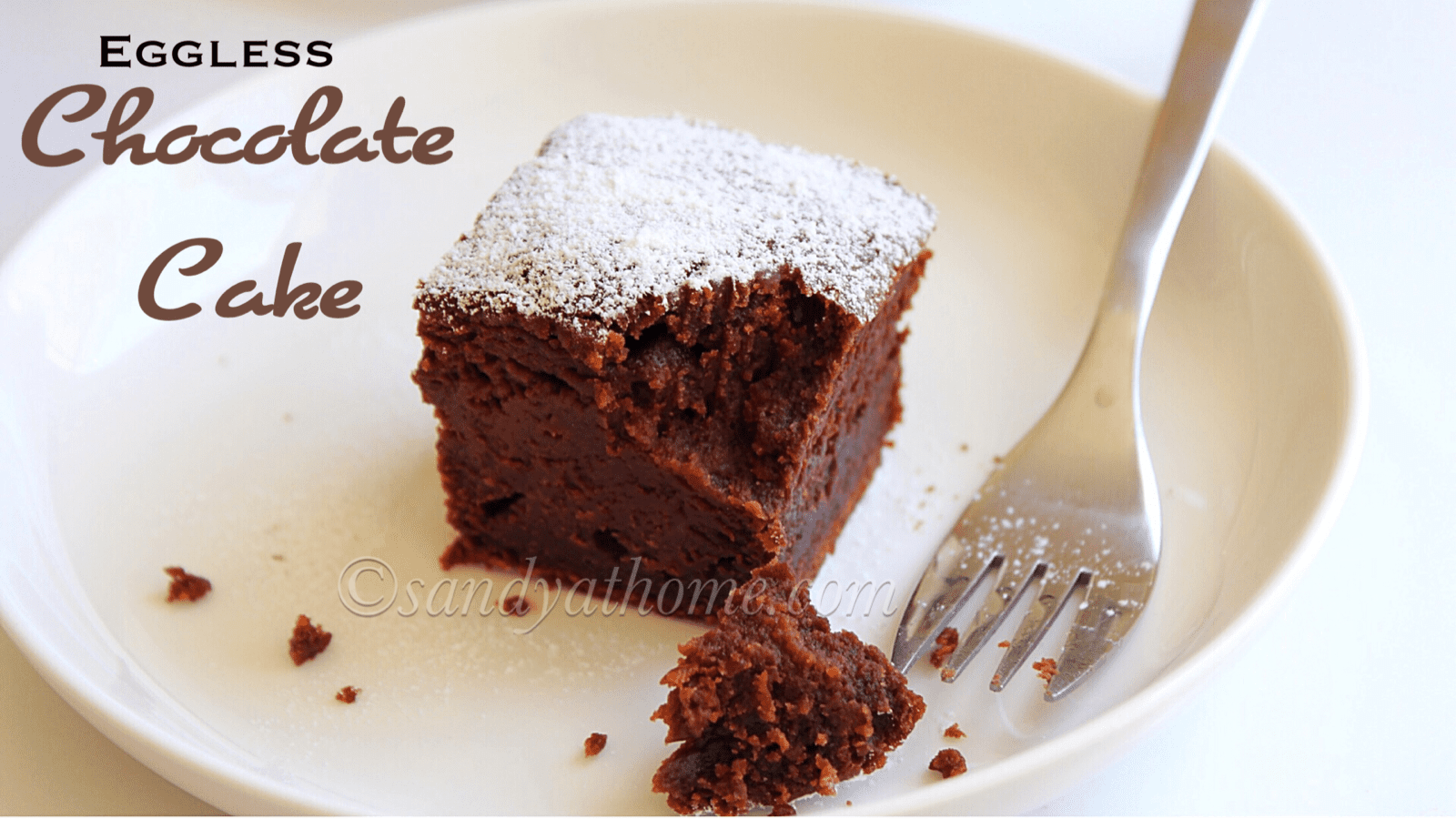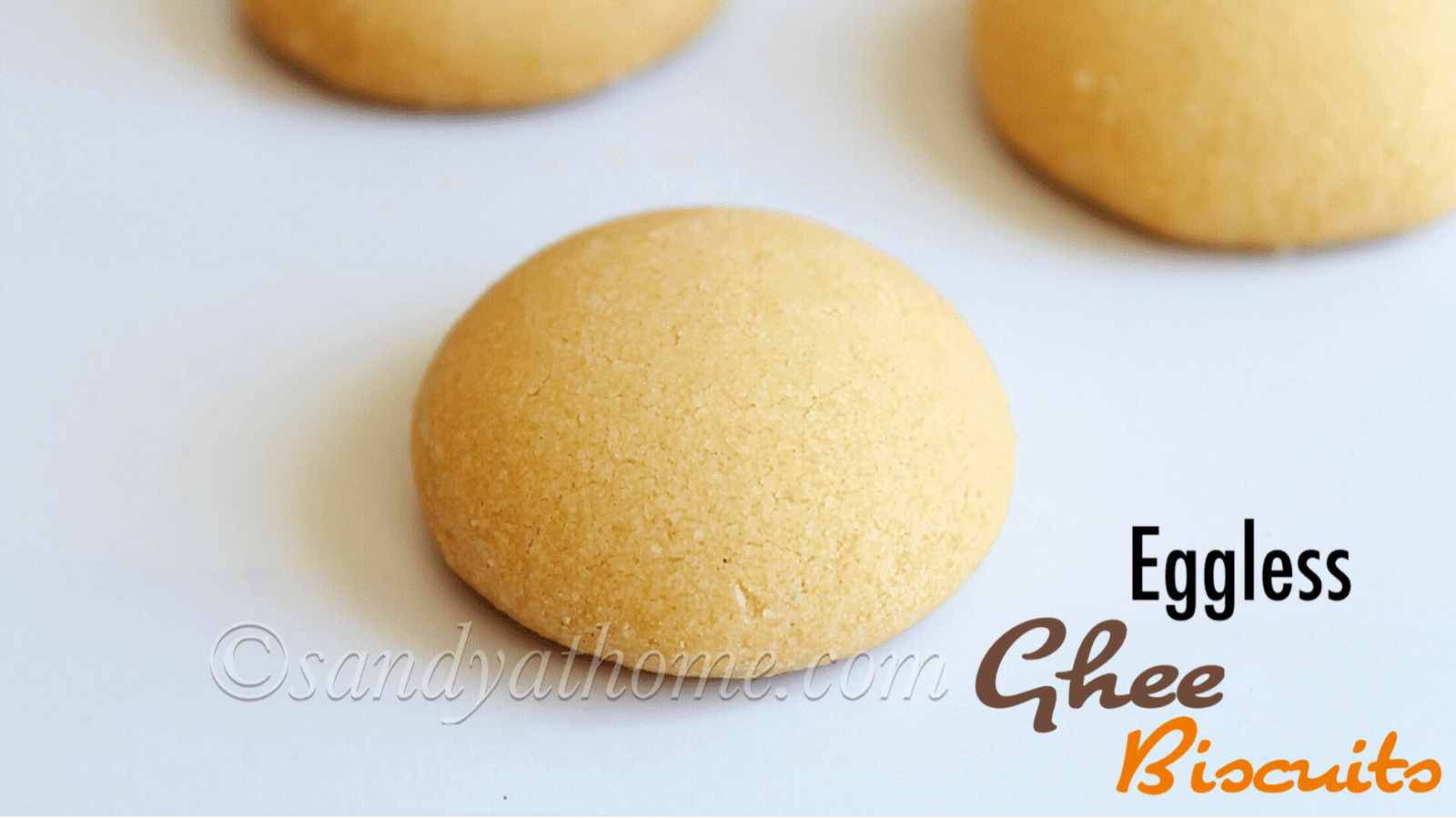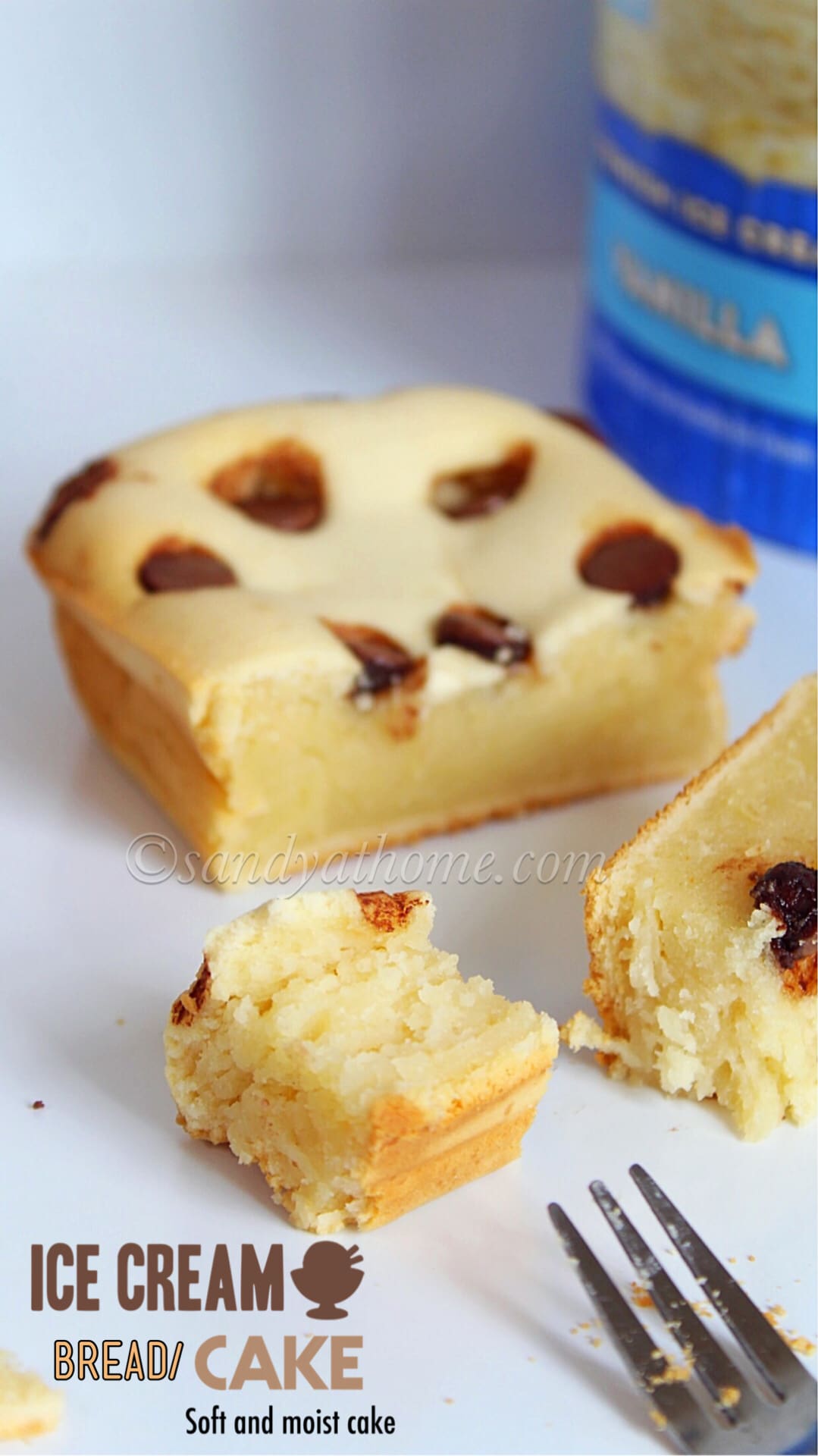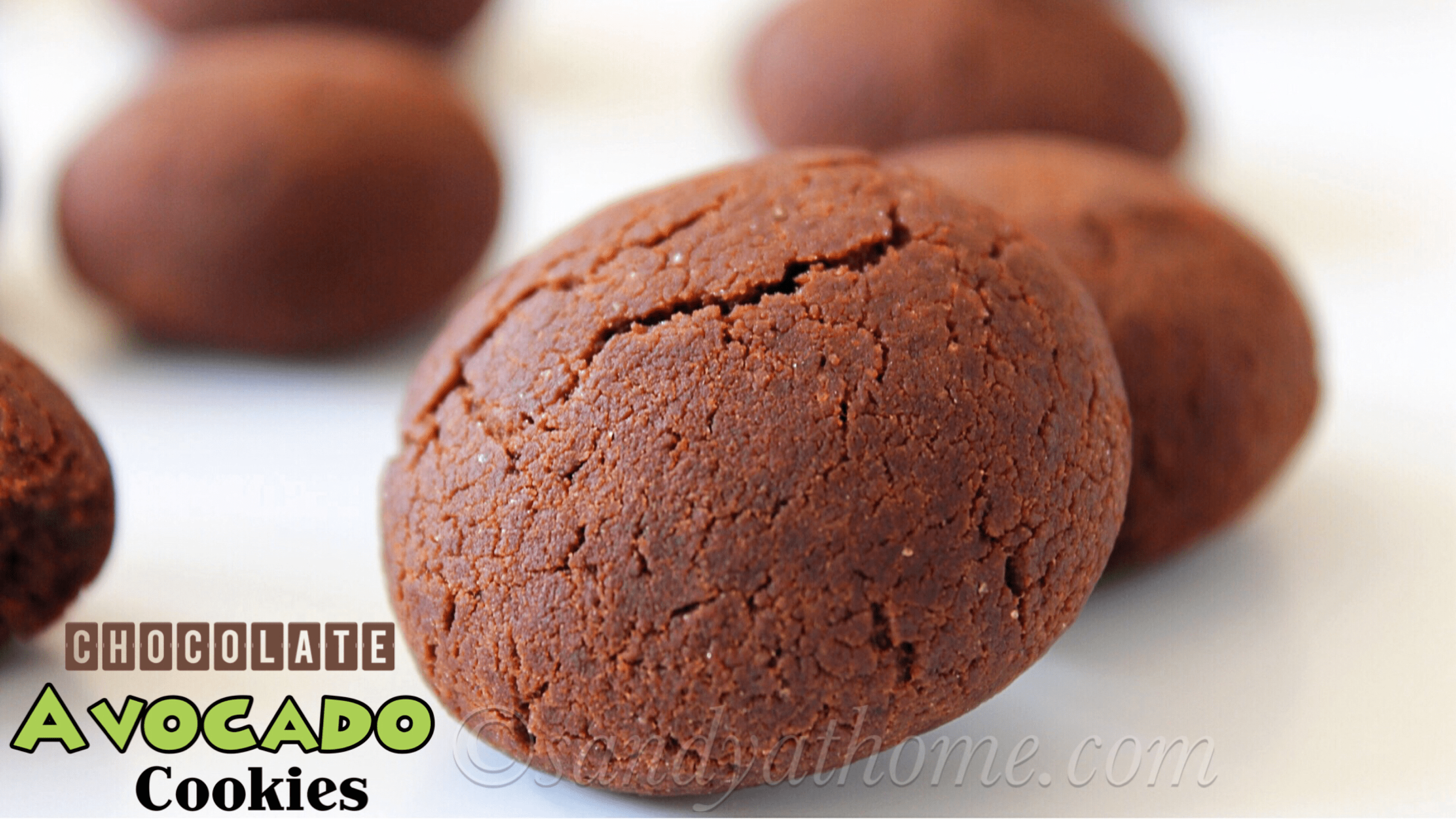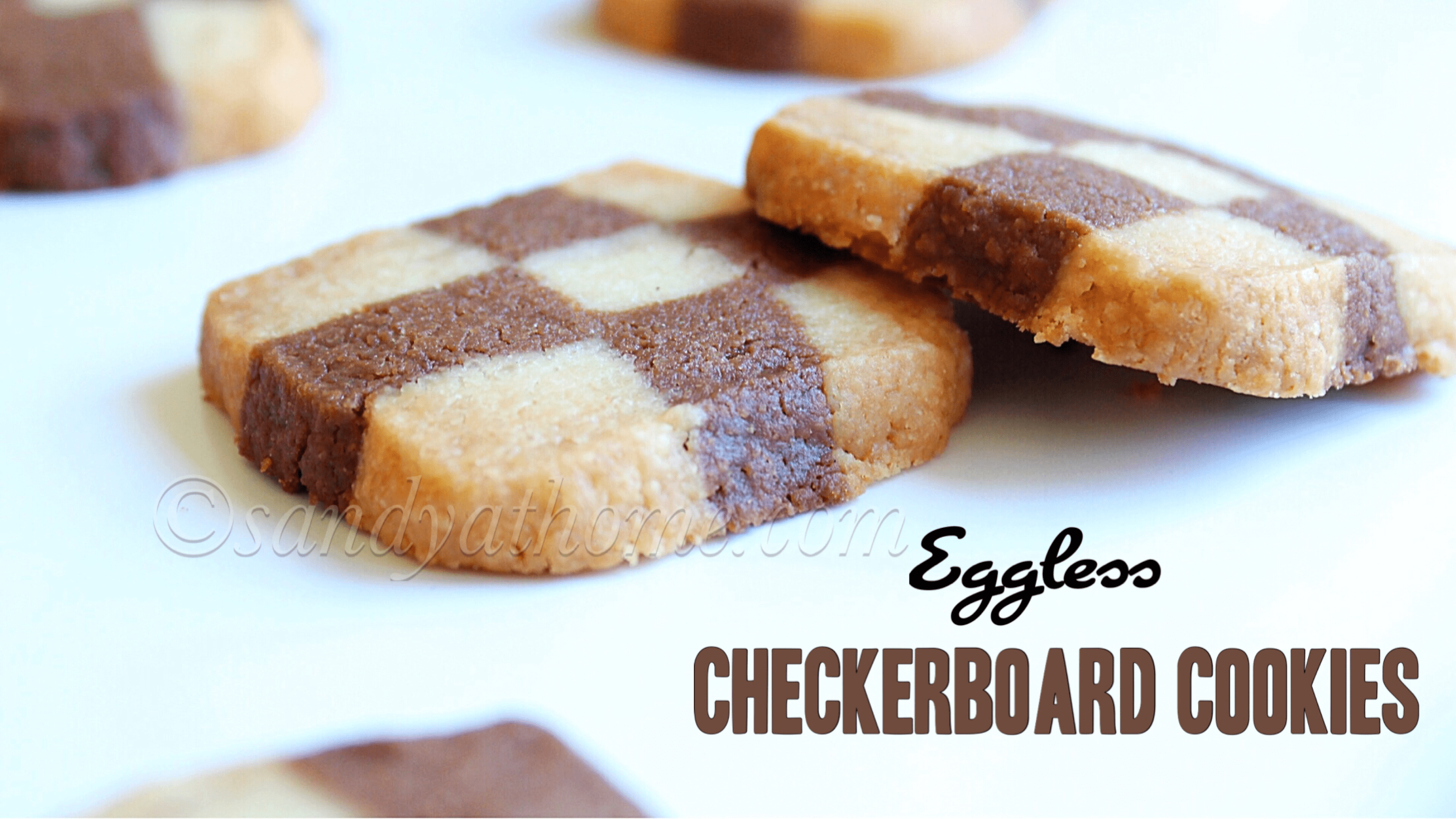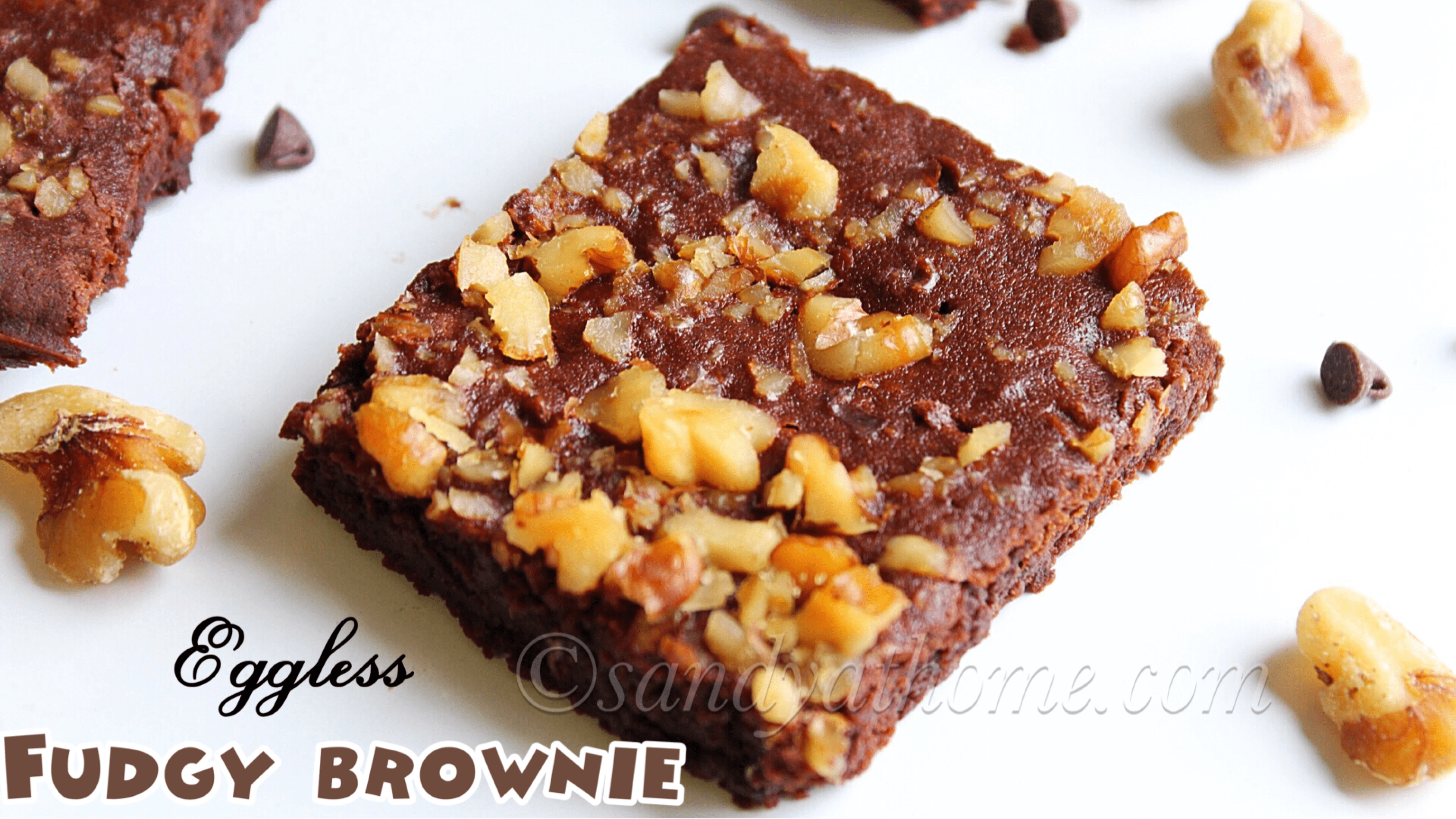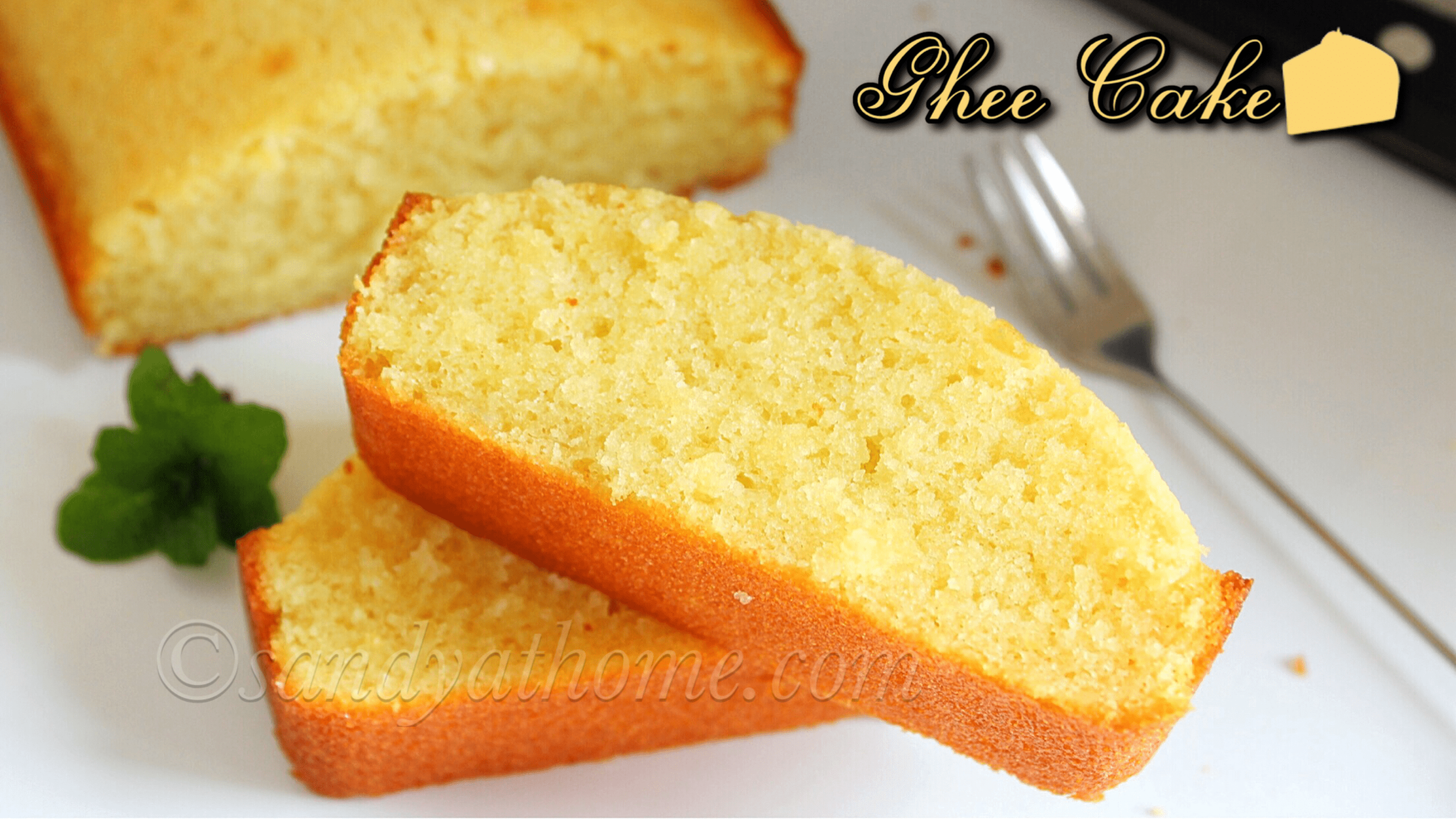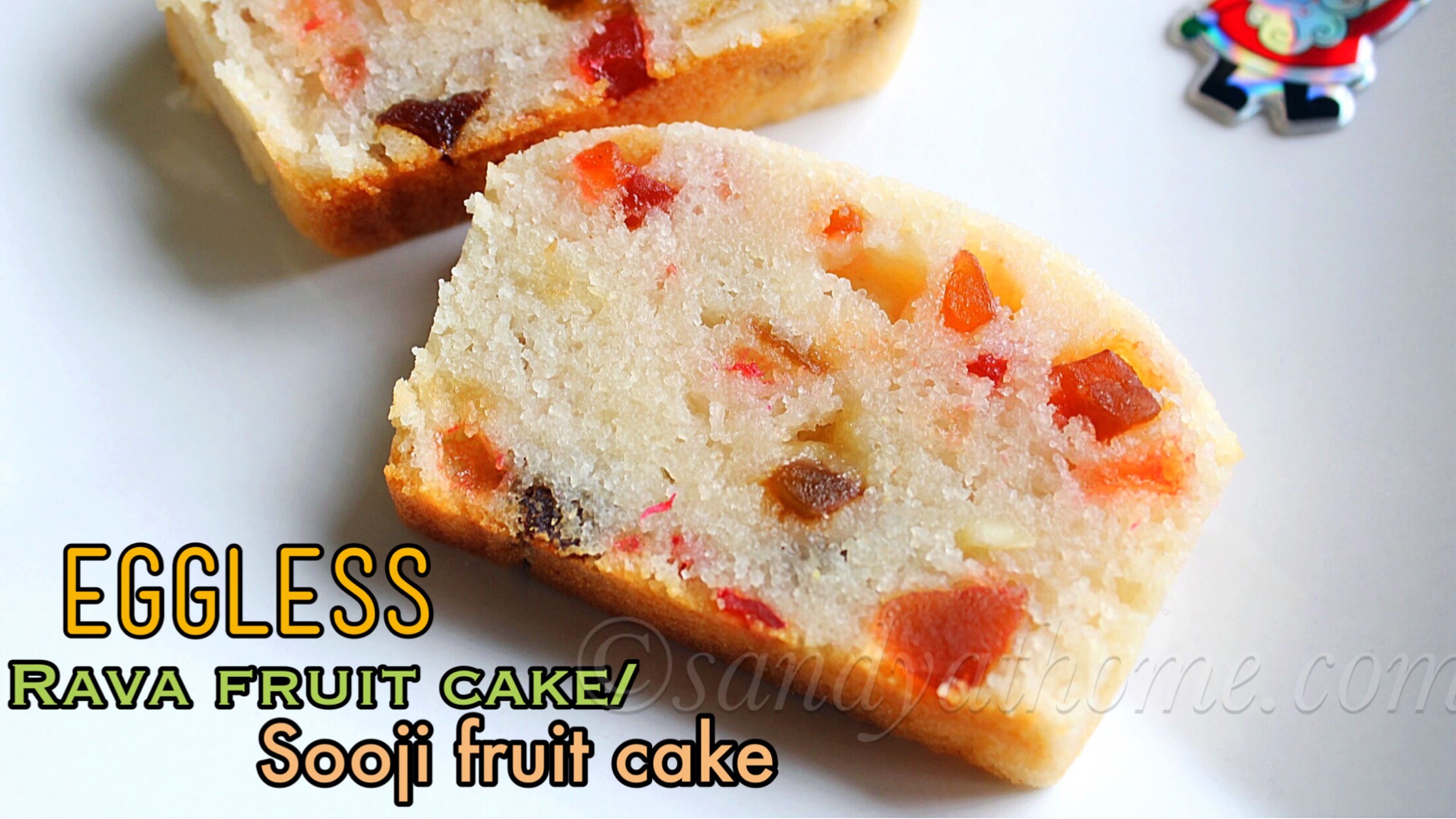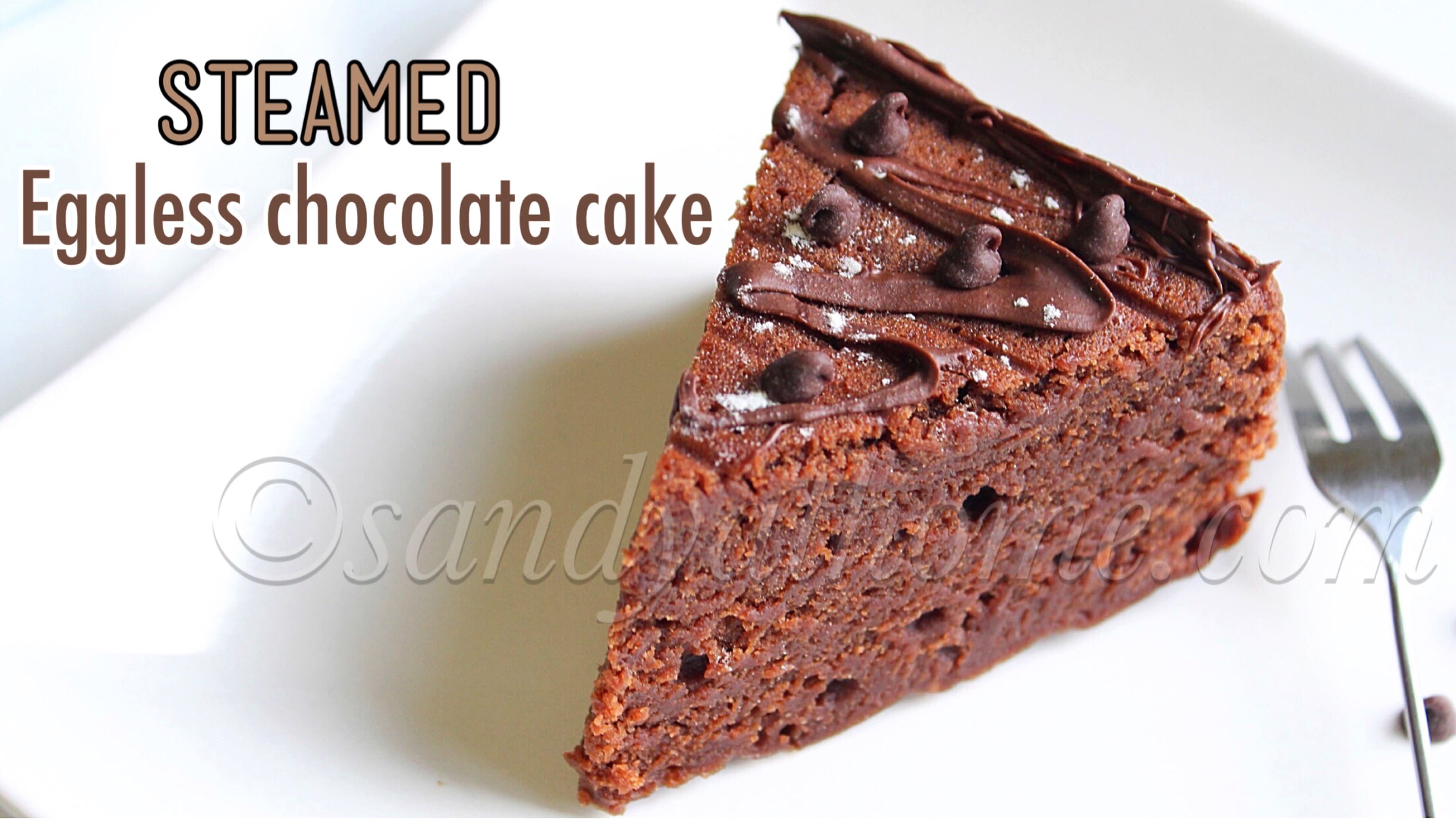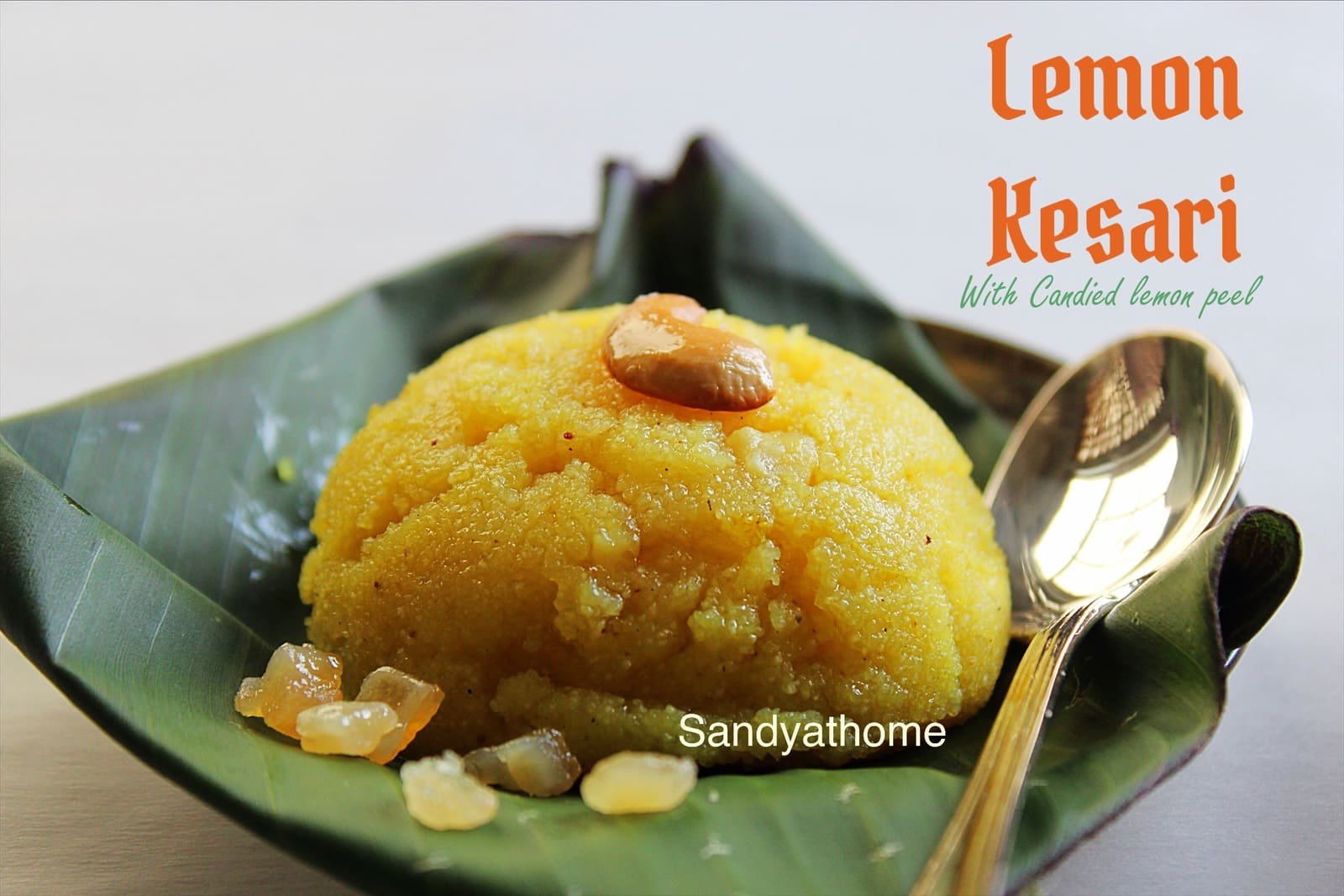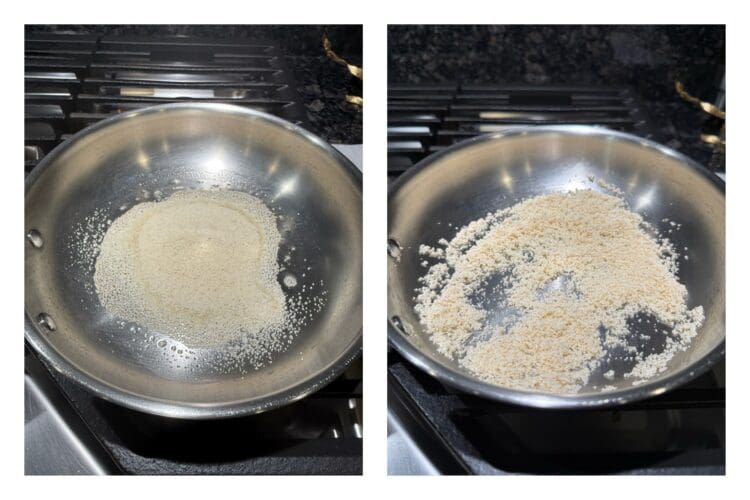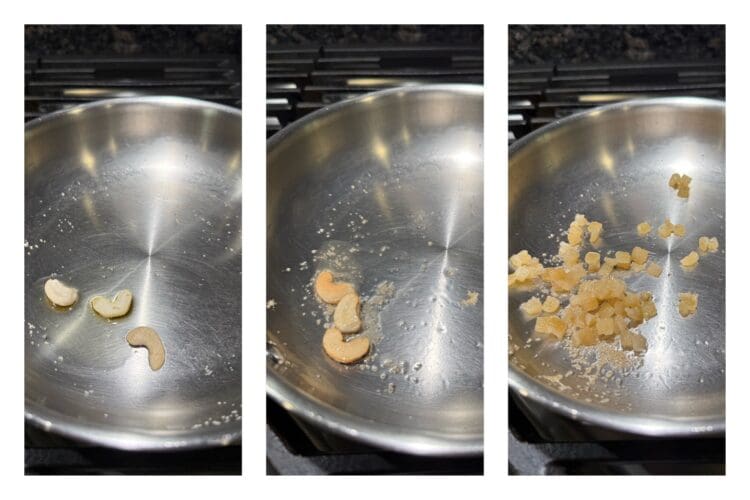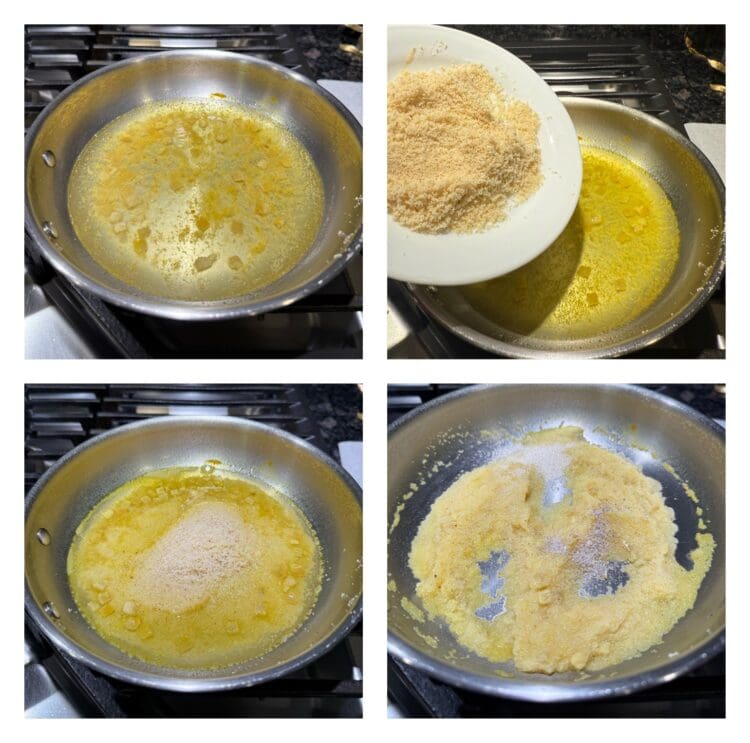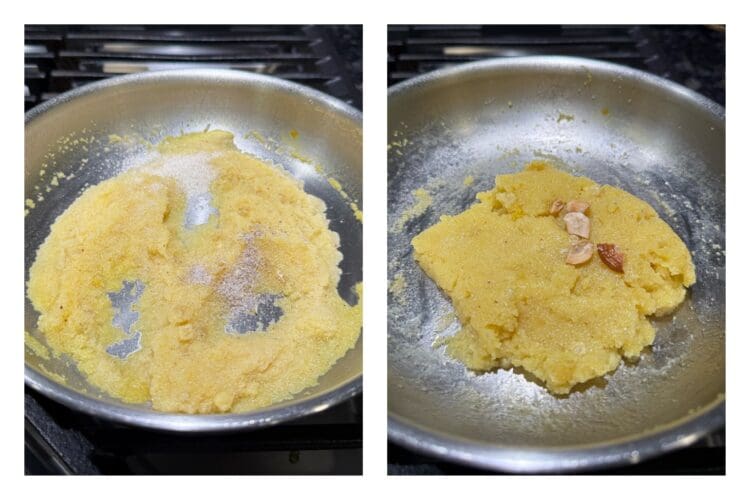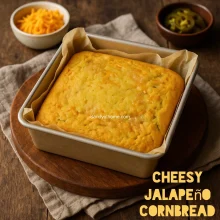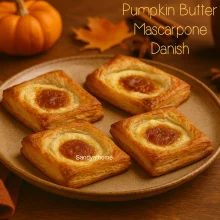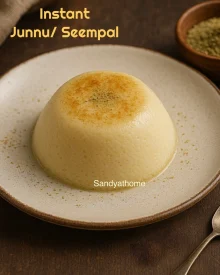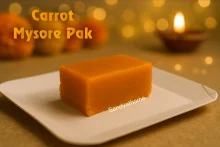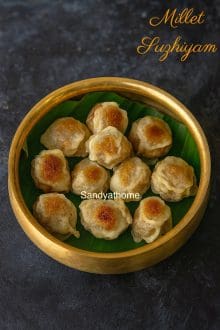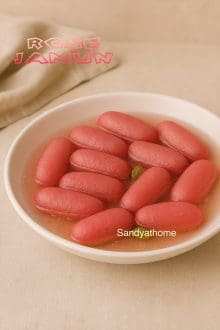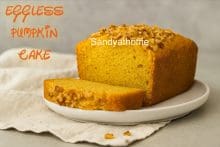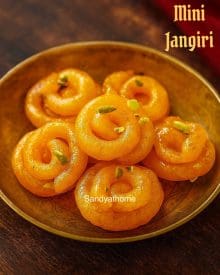In kitchens across India, the humble kesari—or sheera as it’s known in western homes—has long been a comfort sweet, quickly stirred together with rava, sugar, ghee, and cardamom. But when you add fruit to the mix, especially something as bold and zesty as candied lemon peel, it becomes something else altogether—fruit kesari or fruit sheera with a citrusy edge and soulful aroma.
This version is made with Paradise Candied Lemon Peel, slowly sautéed in ghee with cashews and a whisper of turmeric. The result? A tiny batch of sunshine—just enough for one person, made with ¼ cup rava, no food coloring, and no shortcuts. A spoonful feels nostalgic, but also new. It’s a fruit kesari that remembers its roots and a lemon sheera that’s not afraid to brighten up tradition.
Bakrid Special – Lemon Sheera with Candied Peel without food color
Sometimes, the most memorable festive sweets aren’t the richest—they’re the ones with warmth, balance, and a story. This Lemon Sheera without food color is one such quiet delight. Made with roasted rava, ghee, and gently folded with Paradise candied lemon peel, it’s a zesty take on traditional fruit sheera—revived and refined.
Inspired by the roots of Kesari in the South and Sheera in the West, this version skips synthetic colors and leans into the natural glow of turmeric bloomed in ghee. It’s soft, citrusy, and festive without the fuss. Perfect for Bakrid mornings, afternoon sharing, or even as a mindful offering in a small brass bowl.
Bite of History – Glow Without Color
In olden kitchens, Kesari or Sheera got its color not from dyes, but from ghee, roasted rava, and at times a pinch of turmeric. Some homes added saffron, but most let the sweet glow naturally—simple, sacred, and unpretentious.
This Lemon Sheera brings back that quiet charm—without food color, just the warmth of tradition and a citrus twist.
Where to Buy Candied Lemon Peel
For fresh candied fruits year-round, including the lemon peel used in this recipe, please visit paradisefruitco.com – a trusted source for baking essentials and fruit sweets.
Lemon Kesari Ingredients & Their Role
| Ingredient | Role in the Sheera |
|---|---|
| Rava (Sooji/Semolina) | The base – gives body and texture to the sheera |
| Ghee | Adds richness, flavor, and helps roast rava to golden |
| Sugar | Sweetener – kept mild to let lemon shine |
| Water | Cooks the rava and brings everything together |
| Candied Lemon Peel | The star twist – adds chewy texture and citrus zing |
| Turmeric (a pinch) | Traditional glow – replaces food coloring naturally |
| Cardamom Powder | Classic fragrant note – warm, sweet spice |
| Cashews (optional) | For bite and tradition – ghee-roasted for crunch |
You May Also Like these Recipes:
Directions to make lemon kesari with step by step images
- Roast the Rava
Heat 1 tbsp ghee in a small kadai. Add rava and roast on low flame until fragrant and lightly golden. Set aside.
- Fry Cashews and Lemon Peel
In the same pan, heat ½ tbsp ghee. Fry cashews till golden. Remove cashew, Set it aside. Add candied lemon peel, sauté briefly, and switch off.
- Boil Water and Cook Rava
Add turmeric and sauté quickly for 5 seconds. Pour ¾ cup water into the same pan. Bring to a gentle boil. Reduce flame to low. Slowly add the roasted rava while stirring constantly. Cook for 2–3 minutes until thick and soft. Stir in cardamom powder.
- Sweeten and Finish
Add sugar and remaining ½ tbsp ghee. Stir well until glossy and non-sticky. Fold in the cashew-lemon mixture. Serve warm.
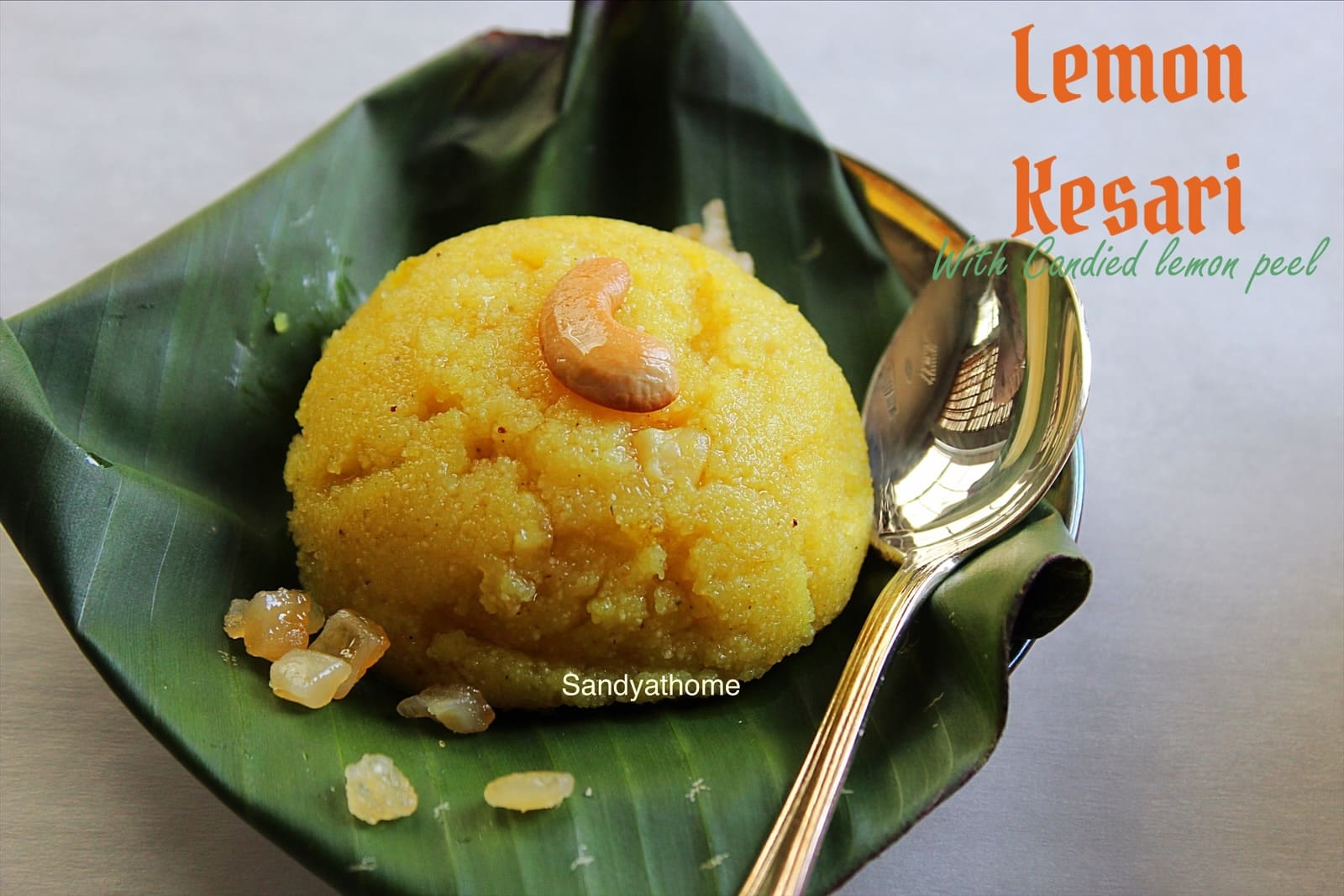
Pro tips to make Kesari
- Roast rava slowly: Roasting over low flame brings out the nutty aroma and helps prevent lumps later.
- Use fresh ghee: It enhances the aroma and gives your sheera that rich, traditional shine.
- Don’t skip the turmeric: Just ⅛ tsp adds a natural golden glow without tasting medicinal.
- Chop candied lemon peel fine: This ensures even distribution and a balanced citrus bite.
- Add sugar only after rava is cooked: This prevents grainy texture and helps the sheera come together smoothly.
Serving Suggestion for Kesari without food color
- Serve warm with a drizzle of ghee on top.
- For a festive touch, garnish with a sliver of candied lemon or a single cashew.
- Pair with masala chai for a perfect Bakrid breakfast sweet or light after-meal treat.
Faq to make Lemon sheera
Use a pinch of turmeric sautéed in ghee. It gives a soft, natural glow without affecting flavor, just like in this Lemon Kesari.
Lemon itself wasn’t used in old kesari, but fruit sheera with pineapple or banana was. This version revives that tradition with a modern twist using candied lemon peel—giving it a citrusy edge that still feels rooted in warmth.
Yes! If you don’t have candied peel, use ¼ tsp fresh lemon zest added right before serving for a mild citrus note.
Unlike regular kesari with food color and plain flavor, this version:
Uses no artificial color
Gets its glow from turmeric
Features candied lemon peel for a sweet-tart contrast
Is a small batch kesari, ideal for mindful festivals or solo indulgence
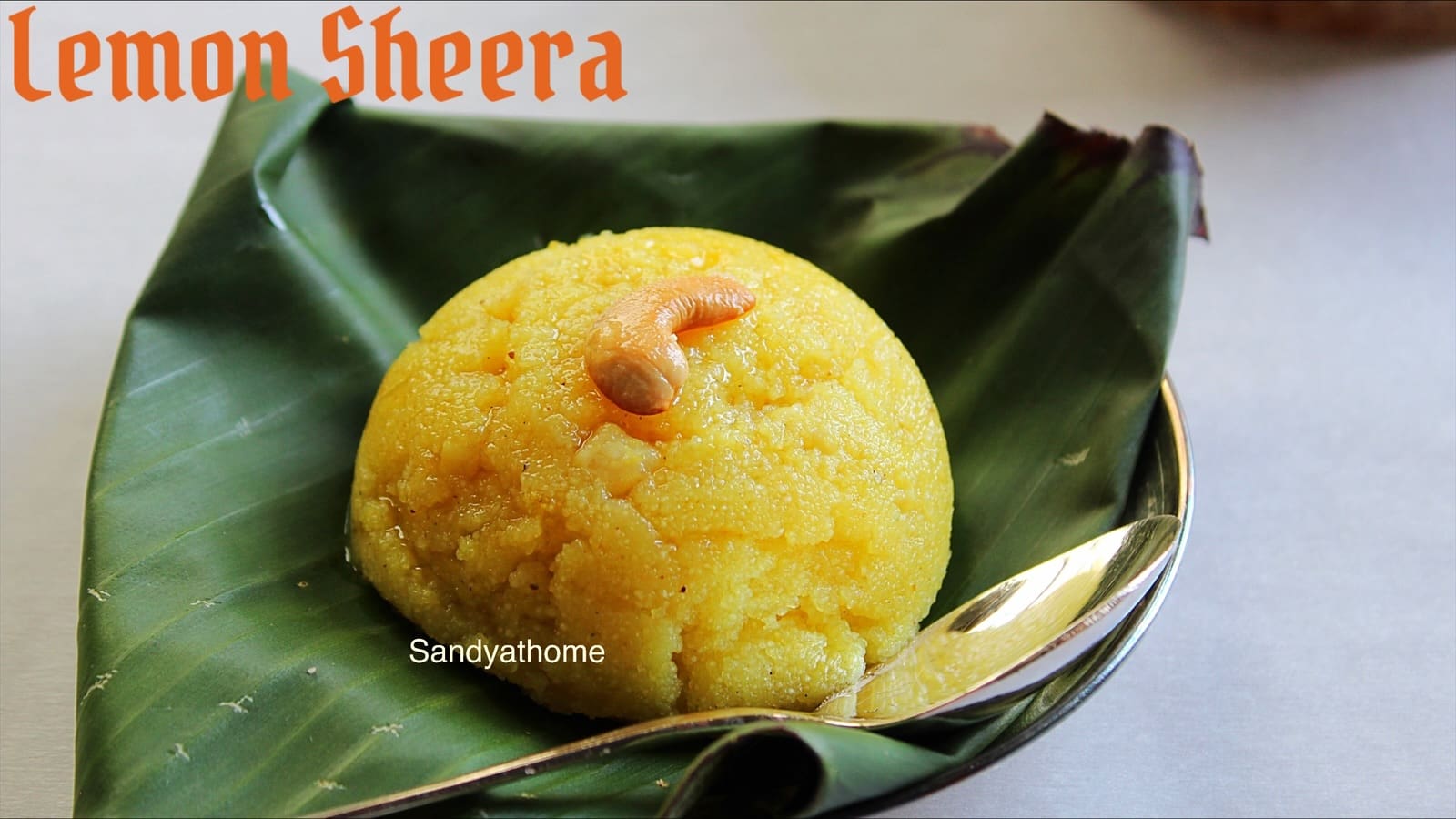
Sweets & Desserts recipes
Applesauce Brownies, How to make Eggless Applesauce Brownies
Soft, fudgy, and naturally sweet, these egg-free applesauce brownies are a guilt-free treat made with simple pantry ingredients — perfect for quick baking days and using up apples at home.
Sweet & Savory Jalapeño Cheddar Cornbread, How to make Cornbread
A soft, sweet–savory cornbread baked with cheddar cheese, pickled jalapeños, and garlic powder — the perfect quick side for Thanksgiving or any cozy meal.
Apple Cobbler, How to make Thanksgiving Apple Cobbler
A cozy, small-batch Thanksgiving apple cobbler made with just two apples, warm spices, and a golden biscuit topping. Perfect when you want a quick fall dessert without making a full tray.
Pumpkin Butter Mascarpone Danish, How to make Pumpkin Butter Danish
Flaky puff pastry filled with a creamy blend of pumpkin and mascarpone, baked until golden and irresistible — the perfect cozy fall treat for National Pumpkin Day!
Instant Junnu Recipe, How to make Instant Kharvas
A quick and nostalgic Indian milk pudding made using instant Junnu powder, raw milk, and cardamom — no colostrum needed! This gently steamed dessert sets into a soft, wobbly texture and tastes just like home, without the overpowering aroma of traditional kharvas.
Carrot Mysore Pak, How to make Ghee Carrot Mysore Pak
Soft, melt-in-the-mouth Carrot Mysore Pak made with fresh carrot puree, roasted besan, sugar, and ghee. A festive twist to the traditional Mysore Pak that’s rich, aromatic, and naturally hued — perfect for Deepavali celebrations.
Millet Suzhiyam, How to make Millet Suyyam
Celebrate Diwali the wholesome way with this Thinai (Foxtail Millet) Suzhiyam / Suyyam — a golden, crisp festive sweet filled with soft jaggery-chana dal goodness. This healthy twist keeps all the traditional flavor while swapping maida for nutritious millet flour.
Rose Jamun, How to make Paneer Rose Jamun
Paneer Rose Jamun is a delightful twist on the classic rasgulla — made fresh from curdled milk (chenna) and flavored with fragrant rose syrup. Each piece is soft, juicy, and blush-pink in color, soaked in a sweet rose-cardamom syrup that fills your kitchen with a festive aroma. Perfect for Diwali, Holi, or any celebration where you want homemade mithai magic!
Eggless Pumpkin Cake, How to make Pumpkin Cake
Soft, moist, and warmly spiced, this Eggless Pumpkin Cake melts in your mouth with a tender crumb and a cozy hint of cinnamon and nutmeg.
Mini Jangiri, How to make Mini Imarti
Mini Jangiri made with urad dal and a pinch of turmeric for natural color — golden, syrupy, and perfectly festive in every bite.
